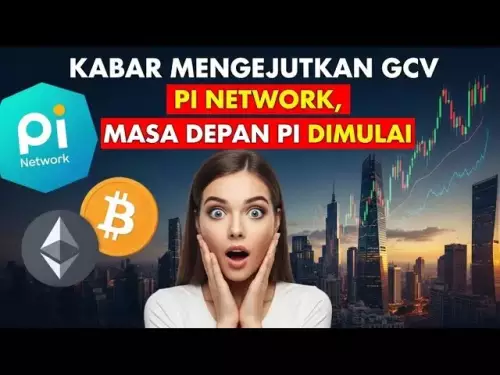-
 bitcoin
bitcoin $109523.663807 USD
-0.13% -
 ethereum
ethereum $4019.526508 USD
2.06% -
 tether
tether $1.000482 USD
0.00% -
 xrp
xrp $2.776815 USD
0.18% -
 bnb
bnb $958.942396 USD
0.12% -
 solana
solana $204.294698 USD
3.84% -
 usd-coin
usd-coin $0.999693 USD
0.00% -
 dogecoin
dogecoin $0.232115 USD
2.09% -
 tron
tron $0.338028 USD
0.84% -
 cardano
cardano $0.790920 USD
1.50% -
 hyperliquid
hyperliquid $44.871443 USD
5.60% -
 ethena-usde
ethena-usde $1.000322 USD
0.04% -
 chainlink
chainlink $21.034165 USD
2.60% -
 avalanche
avalanche $28.794831 USD
-0.54% -
 stellar
stellar $0.360466 USD
1.24%
Are there any introductory tutorials on perpetual contracts suitable for novices?
Perpetual contracts, unique derivatives in cryptocurrency trading, grant traders the ability to speculate on future asset prices without fixed expiration dates, enabling them to maintain leveraged positions indefinitely.
Nov 19, 2024 at 08:38 pm
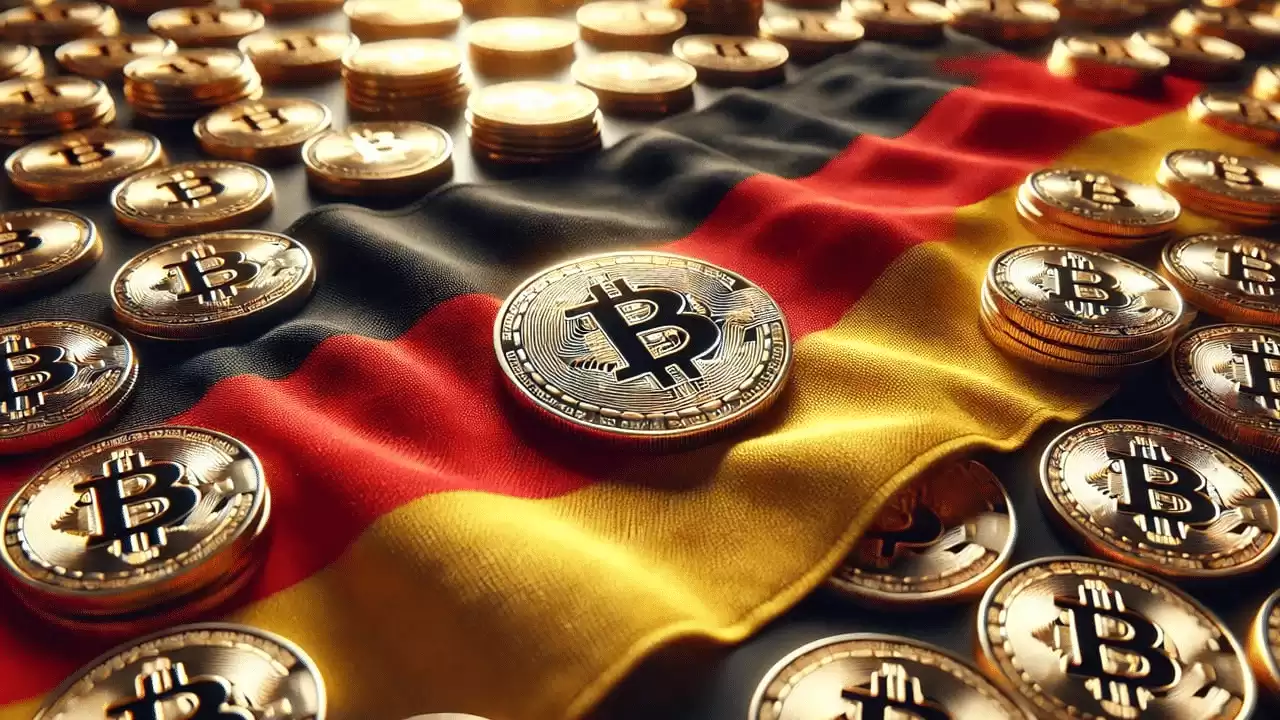
Getting Started with Perpetual Contracts for Beginners: An Introductory Guide
Perpetual contracts, a type of derivative instrument, have gained increasing popularity in the cryptocurrency space. Unlike regular futures contracts that expire on a specific date, perpetual contracts allow traders to maintain leveraged positions indefinitely. This guide aims to provide a comprehensive introduction to perpetual contracts, catering specifically to novice traders who seek to navigate the intricacies of this complex trading tool.
Step 1: Understanding the Basics of Perpetual Contracts
- Perpetual contracts are a type of derivative financial instrument that allows traders to speculate on the future price of an underlying asset, such as Bitcoin or Ethereum. Unlike regular futures contracts that have a predetermined expiration date, perpetual contracts do not expire and can be held indefinitely.
- Perpetual contracts are typically traded on margin, meaning traders can use leverage to increase their potential profits and losses. However, it's crucial to understand the risks associated with leverage and use it judiciously to avoid significant losses.
- The price of a perpetual contract is determined by the underlying asset's spot price and a funding rate. The funding rate is a periodic payment made between traders on opposite sides of the contract to ensure that the perpetual contract's price remains closely aligned with the spot price.
Step 2: Choosing a Suitable Perpetual Contract Exchange
- Selecting a reputable and reliable perpetual contract exchange is paramount for successful trading. Factors to consider include liquidity, trading fees, security measures, and the availability of various contract types.
- Some popular perpetual contract exchanges include Binance, Huobi, and OKX. These exchanges offer a wide range of trading pairs, competitive fees, and robust security features to ensure a secure trading environment.
Step 3: Opening a Trading Account and Funding It
- Once you've chosen an exchange, you need to create a trading account and fund it with the necessary cryptocurrency. The process usually involves providing personal information, verifying your identity, and depositing funds from an external cryptocurrency wallet or through supported payment methods.
- It's important to carefully review the exchange's terms and conditions, including deposit fees, withdrawal limits, and any other relevant details, before proceeding.
Step 4: Understanding Order Types and Placing Trades
- Perpetual contracts can be traded using various order types, each with its own unique characteristics. Limit orders allow traders to specify the price at which they want to buy or sell, while market orders execute trades at the current market price.
- When placing a trade, traders need to determine the position size, leverage, and take profit/stop loss levels to manage their risk exposure effectively.
Step 5: Monitoring Positions and Managing Risk
- Once a trade is placed, traders should actively monitor its performance and adjust their positions as needed. This involves tracking the contract's price, funding rate, and any other relevant market information.
- Risk management strategies such as stop-loss orders, position sizing, and diversification can help traders mitigate potential losses and preserve capital.
Step 6: Withdrawing Profits and Closing Positions
- When traders are satisfied with their profits or wish to close their positions, they can do so by placing a closing order. The process involves selling or buying an equivalent amount of the perpetual contract to exit the trade.
- Once the trade is closed, traders can withdraw their profits or transfer them to other trading activities as desired.
Step 7: Additional Tips for Beginners
- Start with a small amount of capital and gradually increase your position size as you gain experience and confidence.
- Use a demo account to practice trading without risking real capital.
- Continuously educate yourself about perpetual contracts and market conditions to refine your trading strategies.
- Seek guidance from experienced traders or join trading communities to learn from others.
- Exercise patience and avoid making impulsive or emotional trading decisions.
Conclusion
Perpetual contracts offer a powerful tool for speculating on the price of cryptocurrencies. By following the steps outlined in this guide, novice traders can gain a solid foundation in the world of perpetual contracts, enabling them to make informed trading decisions and potentially enhance their returns. However, it's essential to approach perpetual contract trading with caution, manage risk effectively, and continuously seek knowledge to avoid potential losses and maximize trading success.
Disclaimer:info@kdj.com
The information provided is not trading advice. kdj.com does not assume any responsibility for any investments made based on the information provided in this article. Cryptocurrencies are highly volatile and it is highly recommended that you invest with caution after thorough research!
If you believe that the content used on this website infringes your copyright, please contact us immediately (info@kdj.com) and we will delete it promptly.
- Bitcoin, mNAV, and Treasury Companies: A New York Perspective
- 2025-09-28 04:25:14
- BNB Price and the Rise of BlockchainFX: The Crypto Presale to Watch
- 2025-09-28 04:25:14
- Trump, WLFI, and the Token Burn: Can Burning Crypto Make it Great Again?
- 2025-09-28 04:45:15
- James Wynn's 3x Leveraged Crypto Gamble: ASTER Airdrop or Bust?
- 2025-09-28 04:45:15
- Vitalik Buterin Sounds Alarm on EU Legislation: Ethereum's Privacy Stance
- 2025-09-28 05:25:12
- XLM Records, Toncoin Utility, BullZilla Presale: Crypto's Next Big Thing?
- 2025-09-28 05:05:12
Related knowledge

How do I enable the "scalping-only" mode for Cardano (ADA) contracts?
Sep 24,2025 at 03:19am
Understanding Scalping Strategies in Crypto Derivatives1. Scalping in cryptocurrency trading refers to executing multiple short-term trades within min...
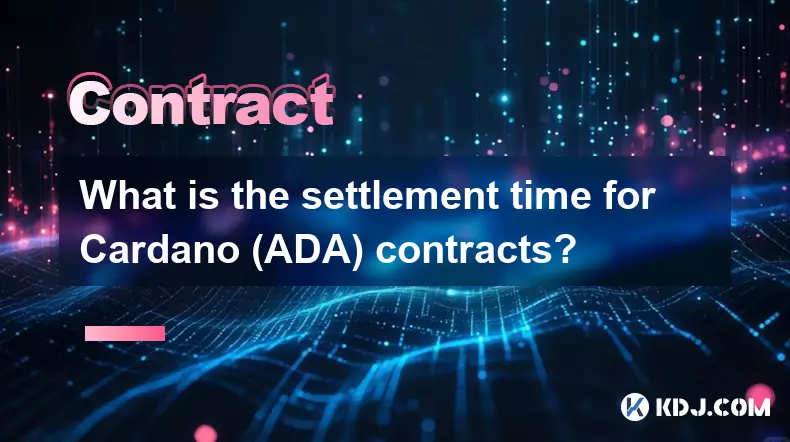
What is the settlement time for Cardano (ADA) contracts?
Sep 28,2025 at 04:18am
Understanding Cardano's Contract Settlement Mechanism1. Cardano operates on a proof-of-stake consensus model known as Ouroboros, which fundamentally i...
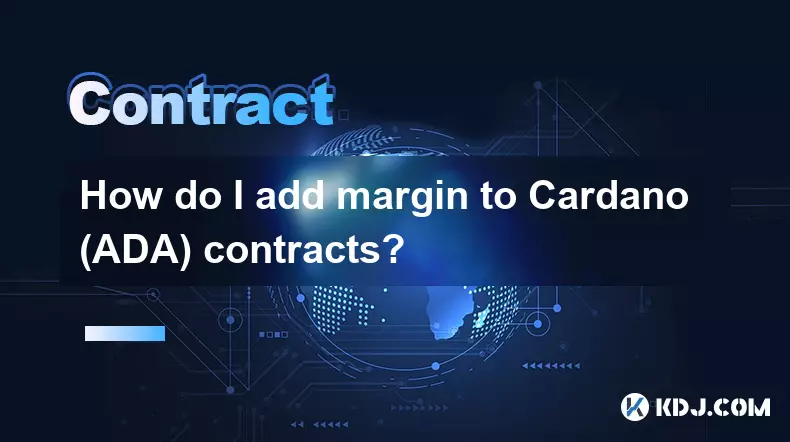
How do I add margin to Cardano (ADA) contracts?
Sep 27,2025 at 07:54pm
Understanding Margin in Cardano (ADA) Smart ContractsCardano operates on a proof-of-stake blockchain that supports smart contracts through its Plutus ...
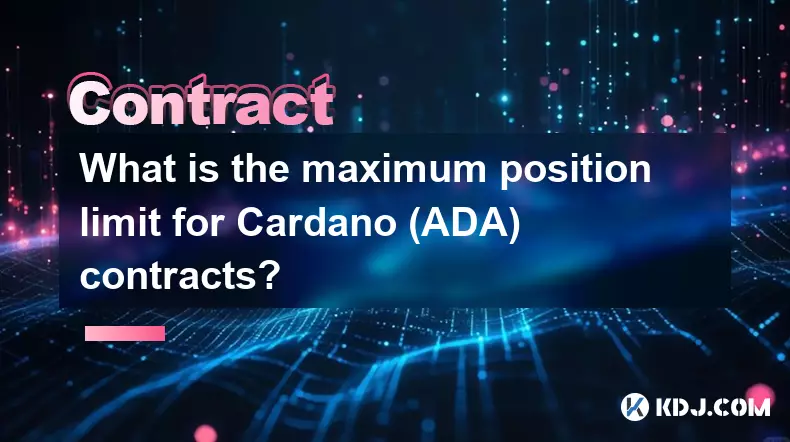
What is the maximum position limit for Cardano (ADA) contracts?
Sep 23,2025 at 11:00pm
Understanding ADA Futures and Derivatives Market Structure1. Cardano (ADA) futures contracts are offered by several major cryptocurrency derivatives e...

What is the maker fee for Cardano (ADA) contracts?
Sep 26,2025 at 09:01am
Understanding Maker Fees in Cardano (ADA) Contracts1. The concept of maker fees applies broadly across decentralized exchanges and smart contract plat...

How can I view open interest in Cardano (ADA) contracts?
Sep 24,2025 at 07:36am
Understanding Open Interest in Cardano Derivatives1. Open interest refers to the total number of outstanding derivative contracts, such as futures or ...

How do I enable the "scalping-only" mode for Cardano (ADA) contracts?
Sep 24,2025 at 03:19am
Understanding Scalping Strategies in Crypto Derivatives1. Scalping in cryptocurrency trading refers to executing multiple short-term trades within min...

What is the settlement time for Cardano (ADA) contracts?
Sep 28,2025 at 04:18am
Understanding Cardano's Contract Settlement Mechanism1. Cardano operates on a proof-of-stake consensus model known as Ouroboros, which fundamentally i...

How do I add margin to Cardano (ADA) contracts?
Sep 27,2025 at 07:54pm
Understanding Margin in Cardano (ADA) Smart ContractsCardano operates on a proof-of-stake blockchain that supports smart contracts through its Plutus ...

What is the maximum position limit for Cardano (ADA) contracts?
Sep 23,2025 at 11:00pm
Understanding ADA Futures and Derivatives Market Structure1. Cardano (ADA) futures contracts are offered by several major cryptocurrency derivatives e...

What is the maker fee for Cardano (ADA) contracts?
Sep 26,2025 at 09:01am
Understanding Maker Fees in Cardano (ADA) Contracts1. The concept of maker fees applies broadly across decentralized exchanges and smart contract plat...

How can I view open interest in Cardano (ADA) contracts?
Sep 24,2025 at 07:36am
Understanding Open Interest in Cardano Derivatives1. Open interest refers to the total number of outstanding derivative contracts, such as futures or ...
See all articles























